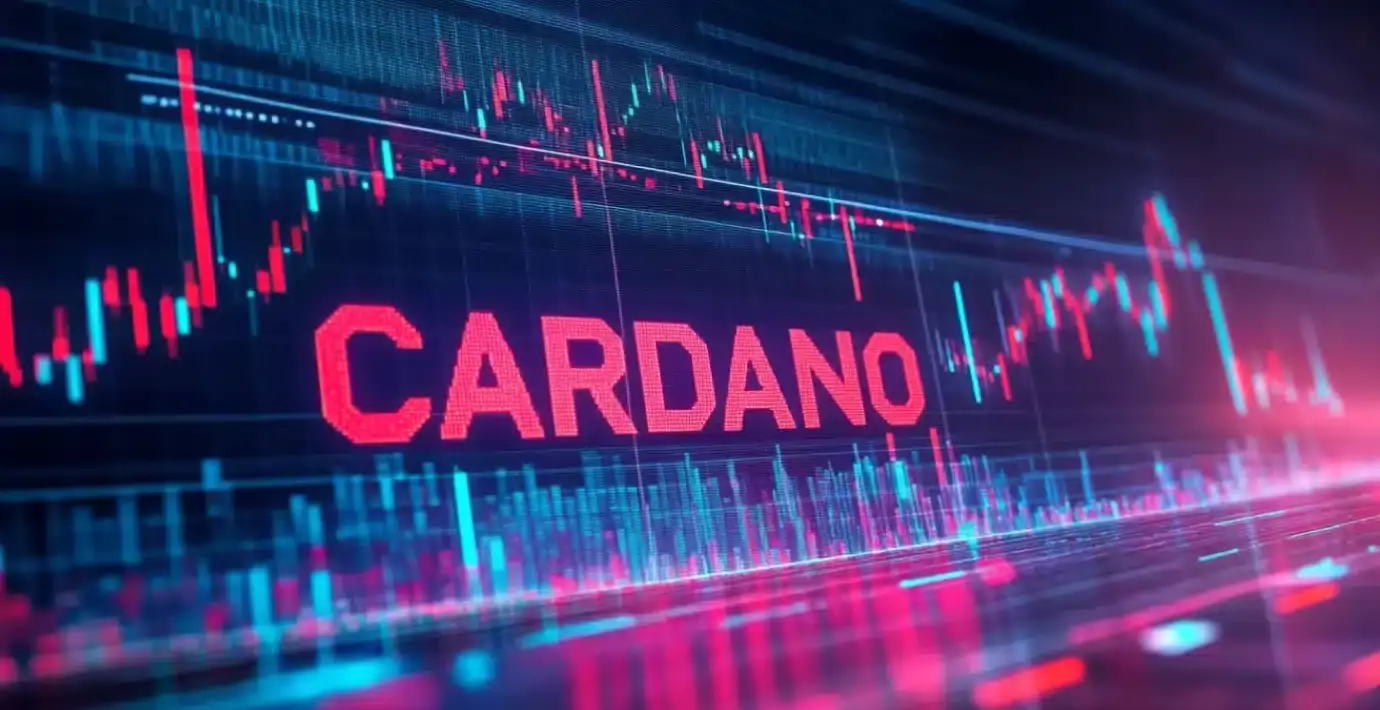The recent plummet of Cardano (ADA) from its August high of over $1.00 to the current sub-$0.61 level signals more than just a dip—it exposes the fragility of faith in the so-called “Ethereum killer.” Investors who once believed in Cardano’s potential now face harsh reality: underlying issues threaten to derail its progress. From technical indicators flashing red to fundamental doubts about ecosystem growth, the latest trend underscores a critical question—has ADA lost its momentum, or is this merely a correction before a comeback? The presence of a death cross on the daily chart, typically a bearish signal, suggests the latter is less likely in the near term, raising fears about further downside risking a test of the $0.50 support level.
Claims of Innovation Facing Harsh Scrutiny
Charles Hoskinson, the charismatic founder, remains confident in Cardano’s resilience, emphasizing ongoing upgrades and strategic partnerships. Yet, even the most ardent supporters must confront the disconnect between these assurances and the market’s behavioral reality. Hoskinson’s defense that TVL (Total Value Locked) does not account for staking figures, and his emphasis on network activity despite the decline, come across as attempts at damage control rather than grounds for optimism. His rollout of Midnight—as the supposed savior—may sound promising, but such narratives risk sounding like delayed promises rather than proven results. The fact remains: the ecosystem’s key metrics—including liquidity, on-chain activity, and user engagement—are not showing enough tangible growth to sustain the current valuation.
The Fundamental Flaws That Could Halt Cardano’s Rise
Cardano’s core issues, as highlighted by critics, are undeniable. The absence of native stablecoins severely hampers its DeFi ambitions, limiting liquidity and locking in fewer assets. Additionally, the network’s congestion problems hinder scalability, discouraging developers and consumers alike. Its minimal marketing efforts and poor interoperability further isolate ADA from mainstream financial ecosystems, making it less attractive compared to competitors like Ethereum or Solana. These fundamental deficiencies suggest that, despite optimistic assertions from Hoskinson, unless these problems are addressed, Cardano’s current trajectory is unsustainable. The recent “Ouroboros Phalanx” upgrade might bolster security, but it doesn’t resolve liquidity or adoption issues, which are more pressing.
A Critical Perspective on the Ecosystem’s Long-Term Viability
From a pragmatic, center-right perspective—focused on cautious optimism balanced with skepticism—the current state of Cardano appears overhyped. While the project’s technical innovations and strategic partnerships are admirable, they can’t mask the stagnant user activity and lack of real-world use cases that truly matter. The argument that staking and partner integrations are building blocks for future growth neglects the fact that these, at present, translate into limited on-chain activity and little value for average investors. Market sentiment often ignores such qualitative concerns, but history shows that without tangible, measurable progress, even promising projects can falter. Conversely, dismissing Cardano’s potential entirely would ignore its foundational strengths; patience is justified, but not blind faith. The question remains whether the ecosystem can pivot quickly enough to overcome its weaknesses before its valuation collapses further.
Final Reflection: The Market’s Wake-Up Call
Cardano’s recent decline embodies a harsh but necessary reality check for the entire crypto landscape. For believers, it serves as a reminder that technological innovation alone isn’t enough; ecosystems must demonstrate growth, usability, and market confidence. For skeptics and critics, it confirms the importance of due diligence and realistic expectations. The path forward hinges on whether Cardano’s team can capitalize on its current setbacks—leveraging partnerships, addressing core flaws, and turning ambitious strategies into real-world results. Until then, the price action reflects a broader truth: in the volatile world of cryptocurrencies, only those with clear, sustained fundamentals can withstand the storms of market sentiment.

